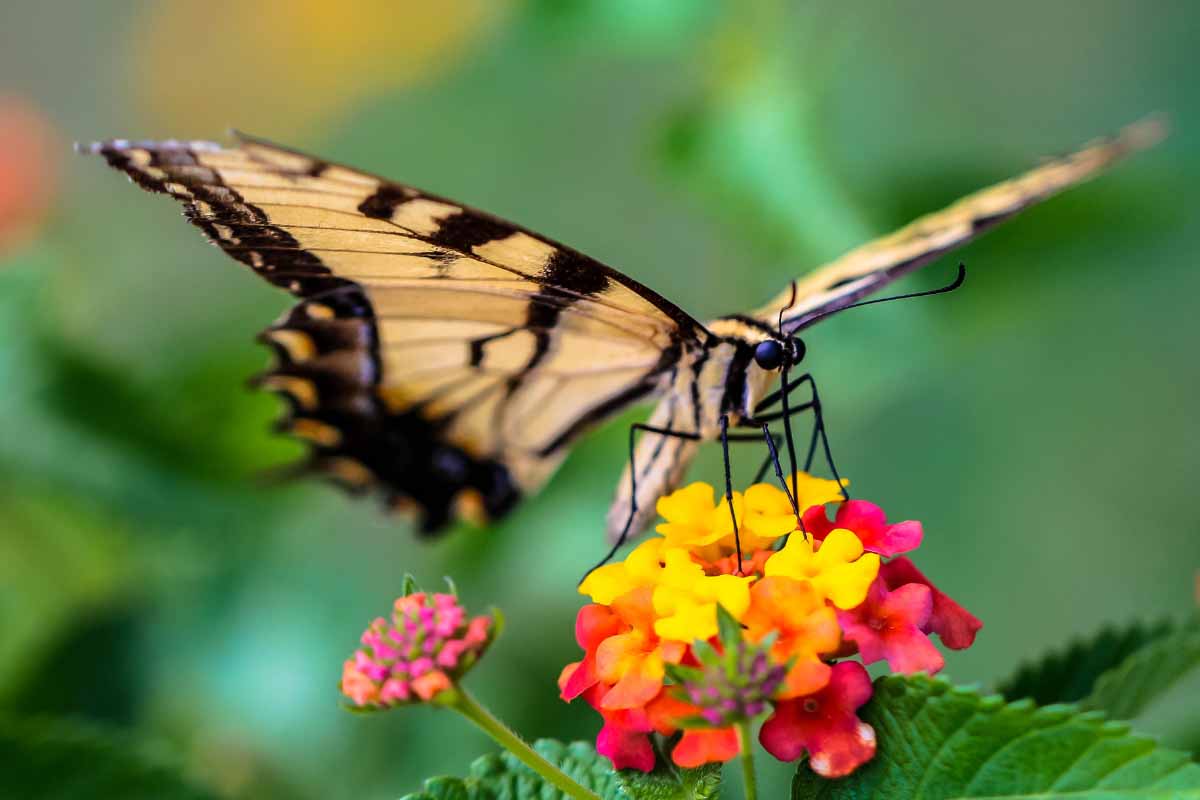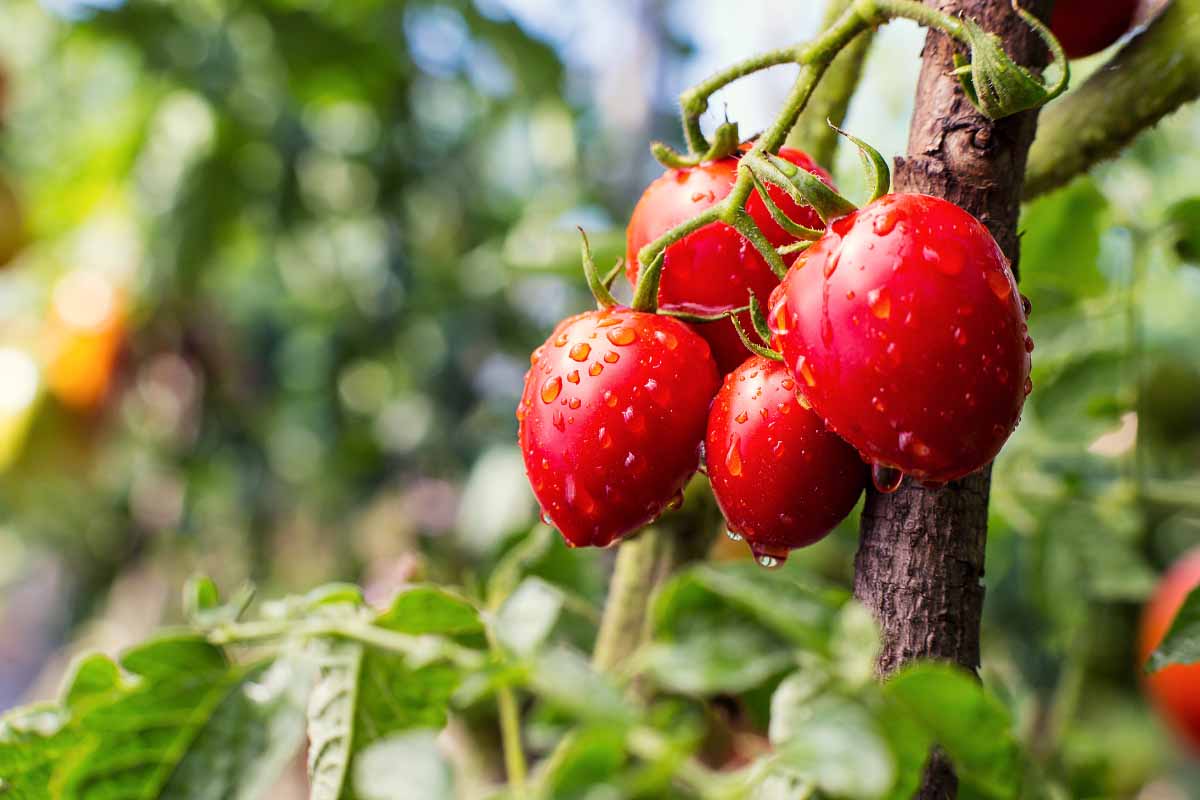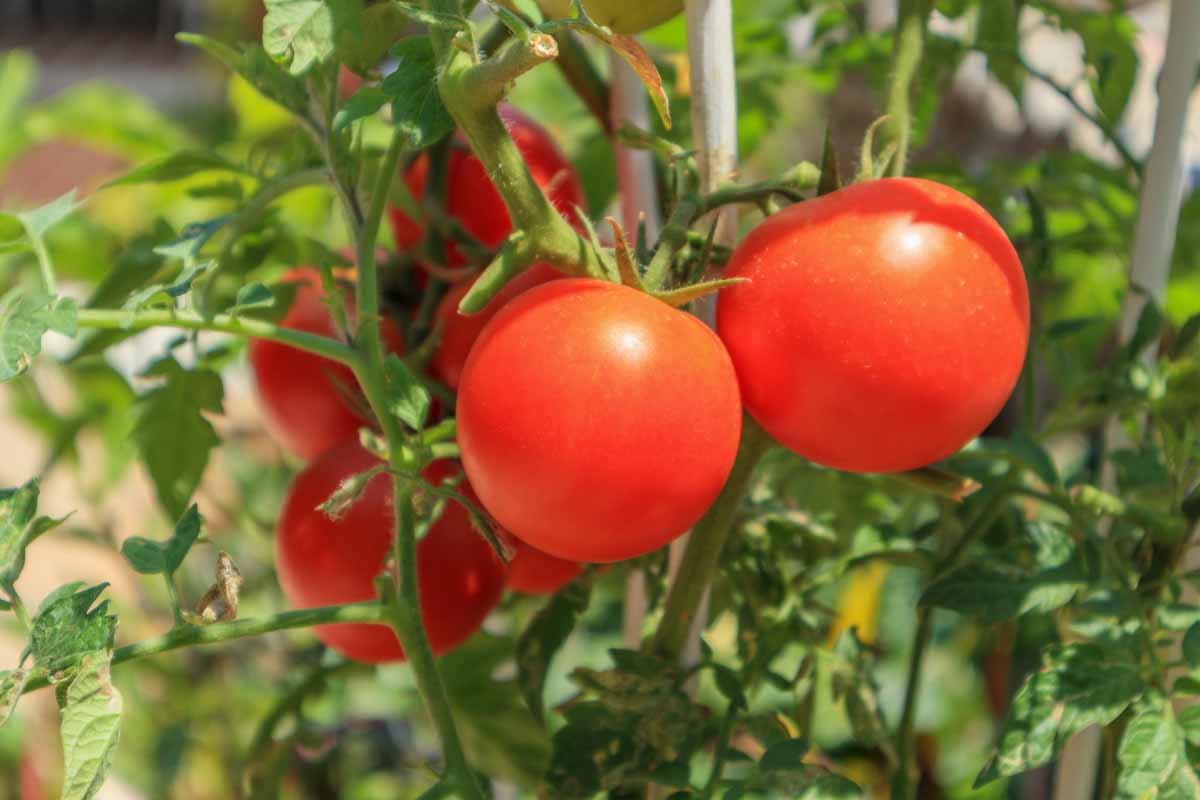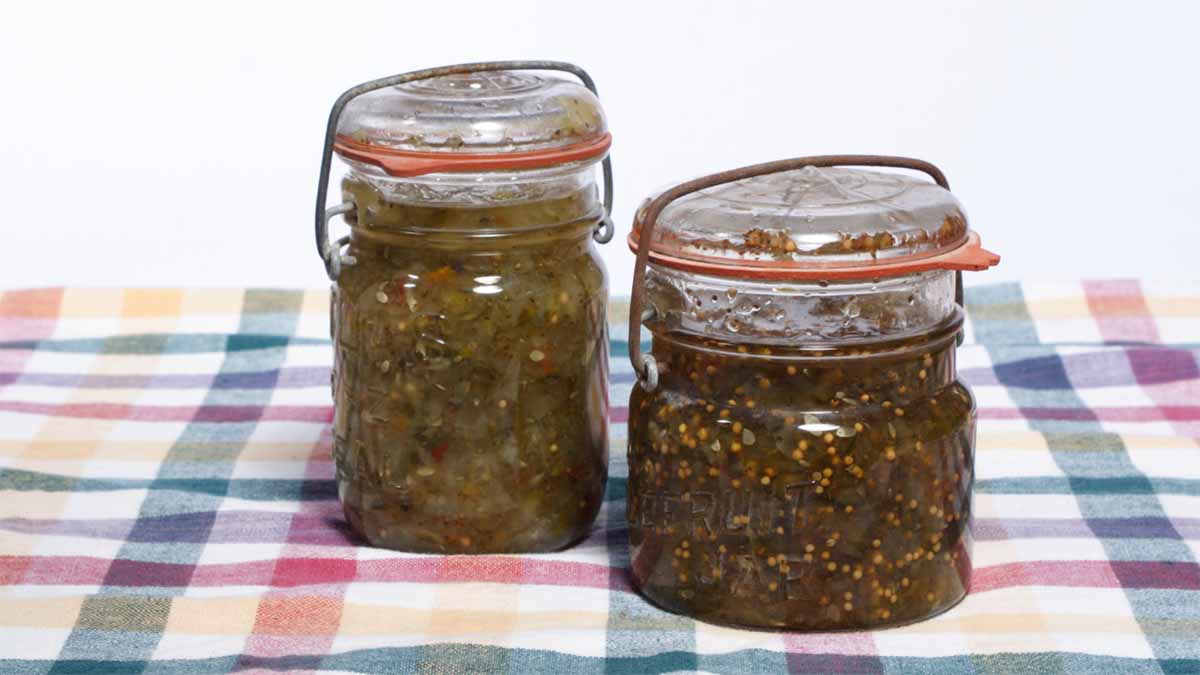Cool Butterfly Facts

We love butterflies here at Back Home on the Farm. In addition to being absolutely beautiful and helping us with our gardening efforts, they have several other really cool characteristics.
Transparent Wings
Did you know that butterflies have transparent wings? They are covered in thousands of itty, bitty scales that reflect light in different colors. The butterfly’s actual wing is formed by layers of chitin, a protein that makes up an insect’s exoskeleton. The wings are so thin, you can see right through them. The colorful scales fall off as a butterfly ages, leaving transparent spots of the chitin layer.
Taste Buds in the Feet
Butterflies have taste receptors in their feed to help them find food. These receptors also help them select which plants to munch from. Female butterflies land on different plants and moves the leaves with her feet until the plant’s juices are released. Her legs have spines on them that help her detect plants that have the right kind of chemicals needed for her to lay her eggs.
No Solids
Butterflies live in on an all-liquid diet, primarily nectar. They can’t chew solids, but their mouths are able to drink. A straw-like feature called a proboscis stays curled up under a butterfly’s chin until they find nectar and are ready to drink.
Minerals Required
In addition to nectar, butterflies require minerals to live. More often than not, butterflies will drink from mud puddles to obtain these nutrients. This is more common in the male butterflies as they incorporate the minerals into their sperm which is transferred to the female during mating. These minerals help the female butterfly improve the viability of her eggs.
Can’t Fly in the Cold
Butterflies need to have a temperature of 85 degrees if they are going to fly. Butterflies are cold-blooded and can’t regulate their body temperatures. If the surrounding temperature falls below 55 degrees, butterflies can’t fly which makes them susceptible to predators.
Come see us here at the farm this Summer. We’ve got all kinds of fun attractions including our popular butterfly house!
Water Those ‘Maters!

You’ve planted your tomatoes and are eagerly waiting to see them grow so you can add them to salads, burgers, and other tasty dishes. To ensure you get the best fruit, follow these tomato watering tips.
In the Garden
Early in the growing season, you’ll want to water your tomato plants early in the morning. As the summer temperatures increase, you may want to water your plants twice a day. Tomatoes planted in the garden generally need 1 – 2 inches of water a week.
In Containers
Tomatoes that are planted in containers need more than those planted in the garden. Water evaporates a lot faster in containers as the soil heats up. A good rule of thumb for container tomatoes is to water them until water comes out of the bottom of the pot. As with garden tomatoes, it’s better to water the plants early in the morning. If the soil feels dry about an inch below the surface, water that bad boy again.
Mulch It Up
Adding a layer of organic mulch can also help reduce evaporation. This will keep the water where it’s needed which is keeping your maters nice and hydrated.
Visit our blog for some more plant tips and tricks!
Tip Top Tomatoes

Tomatoes are a vegetable garden staple. Grow gloriously red and ripe tomatoes this summer by following these tips!
Loads of Sun
Plant your maters in the sunniest spot in your garden. Tomatoes soak up loads up sunshine and need about seven hours of the stuff each day. When planting multiple plants, space the plants about 48 inches apart to allow light to reach the lower part of your plants. This will also improve air flow.
Rich Soil
Tomatoes dig rich, well-draining soil that is slightly acidic. Aim for a pH of 6.5 to 6.8. You can either use a soil tester at home or bring in a sample to your local garden center for a test. If you’ve got too much acidity, you can add dolomite lime. If the test results show that you have too much alkaline, you can add a little organic compost to your soil.
Bug Off Buddies
Placing companion plants like basil, onions, and garlic with your tomatoes can help ward off crop-damaging pets like nematodes. Moles also hate the pungent plant so…win-win.
Water and Mulch
Tomatoes need about an inch of water a week. To help keep the moisture from evaporating in the summer heat, spread a layer of mulch (shredded bark, grass clippings, etc.) on top of your soil.
So Long Suckers!
To keep your tomato plant’s energy focused on growing fruit, you’ll need to prune off the suckers. Suckers are the little leaves that shoot out from the main stem. This will help promote air circulation and reduce the chance of diseases.
We’ve got loads of lovely tomato plants at the Greenhouse. Stop on by and pick up a few!









